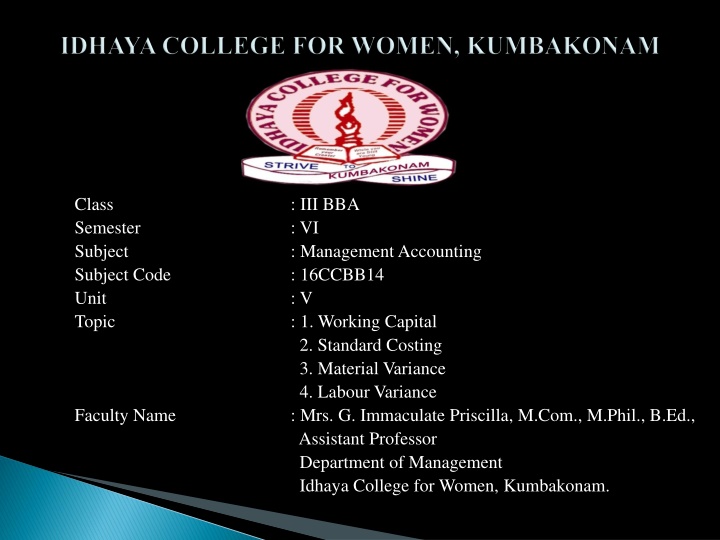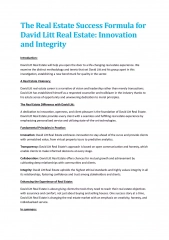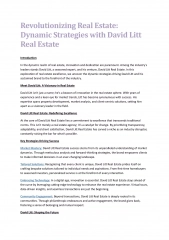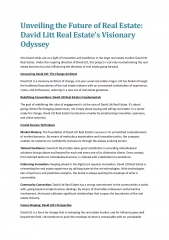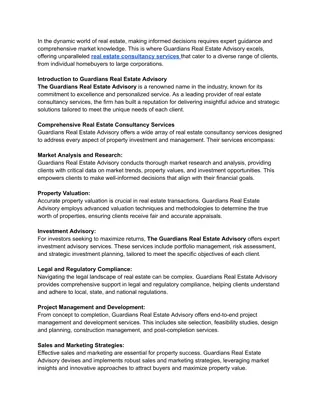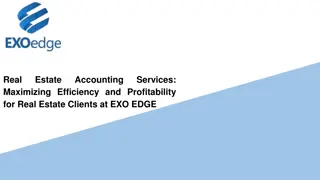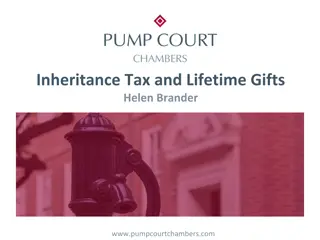Essential Information for Estate Practitioners
An overview covering unlawful detainer, estate administration, types of estates, residents, eviction process, fiduciary duties, notice requirements, and termination of employment situations. Includes important steps, duties, and legal considerations.
Download Presentation

Please find below an Image/Link to download the presentation.
The content on the website is provided AS IS for your information and personal use only. It may not be sold, licensed, or shared on other websites without obtaining consent from the author.If you encounter any issues during the download, it is possible that the publisher has removed the file from their server.
You are allowed to download the files provided on this website for personal or commercial use, subject to the condition that they are used lawfully. All files are the property of their respective owners.
The content on the website is provided AS IS for your information and personal use only. It may not be sold, licensed, or shared on other websites without obtaining consent from the author.
E N D
Presentation Transcript
Class Semester Subject Subject Code Unit Topic : III BBA : VI : Management Accounting : 16CCBB14 : V : 1. Working Capital 2. Standard Costing 3. Material Variance 4. Labour Variance : Mrs. G. Immaculate Priscilla, M.Com., M.Phil., B.Ed., Assistant Professor Department of Management Idhaya College for Women, Kumbakonam. Faculty Name
Working Capital 1. Types 2. Factors Determining Working Capital 3. Estimation of Working Capital Requirements 4. Standard Costing 5. Material Variance 6. Labour Variance 7.
Understand Working capital Management, Net Working Capital and the related tradeoff between profitability and risk. Describe the cash conversion cycle, its funding requirements, and the key strategies for managing it. Explain the credit selection process and the quantitative procedure for evaluating changes in credit standards. Review the considerations for changes to the aspects of credit terms including credit monitoring.
Cost Control Management by Exception Develop Cost ConsciousAttitude Fixation of Prices Fixing Prices and Formulating Policies Management Planning
Working Capital Define Working Capital and explain the working capital cycle. Prepare a cash flow forecast from given information. Evaluate strategies for dealing with liquidity problems. In particular you should use the above to analyze the management of working capital and make suggestions as to how this might be improved.
Standard Costing CalculateAdvanced Variances Interpret Variances Identify and Explain the relationship of the Variances Apply Standard Costing Methods Explain the wider issues involved in changing mix Analyze and Evaluate past performance using the results of variance analysis Use variance analysis to assess how future performance of an organization can be improved.
Problem 1 From the following estimates, calculate the Average amount of Working Capital Required. Average Amount Locked up in Stock: Stock of Finished Goods Rs.10,000 Stock of Stores and Materials Rs.8,000 Average Credit Given: Local sales 2 Weeks Credit Rs.1,04,000 Outside the State 6 Weeks Credit Rs.3,12,000 Time available for Payments: For Purchase 4 Weeks Rs.78,000 For Wages 2 Weeks Rs.2,60,000 Add 10% to allow for Contingencies.
Solution 1 Current Assets: Stock of Finished Goods = Rs.10,000 Stock of Stores and Materials = Rs.8,000 Debtors: Local Sales = Rs. 4,000 Outside Sales = Rs.36,000 Total Current Assets = Rs.58,000 Current Liabilities: Creditors: Purchases = Rs.6,000 Outstanding Wages = Rs.10,000 Total Current Liabilities = Rs.16,000 Working Capital = Rs.42,000 Contingencies = Rs.4,200 Net Working Capital = Rs.46,200.
Material Variance Material variances include two factors: (1) the quantity of materials that should have been used to produce one unit of output and (2) the prices that should have been paid in acquiring this quantity of materials. Hence the total material cost variance may result from difference between standard and actual quantities of materials used or between standard and actual prices paid for materials, or from a combination of these factors.
Material Cost Variance Material Price Variance Material Usage Variance Material Sub-Usage Variance Material Mix Variance Material Yield Variance
Material Cost Variance Material Price Variance Material Usage Variance (SQ AQ) x SP Material Sub-Usage Variance (SQ RSQ) x SP Material Mix Variance (RSQ AQ) x SP Material Yield Variance Material Usage Variance Material Mix variance (SQ x SP) (AQ x AP) (SP AP) x AQ
Problem 1 Product X requires 20 kgs. of material at Rs.4 per kg. The actual consumption of material for the manufacturing of product X came to 24 kgs. of material at Rs.4.50 per kg. Calculate (a) Material Cost Variance (b) Material Price Variance (c) Material Usage Variance (d) Material Mix Variance
Solution 1 (a) Material Cost Variance (SQ x SP) (AQ x AP) = (20 x 4) (24 x 4.50) = (80 - 108); = Rs.28 (A) (b) Material Price Variance (SP - AP) AQ = (4 4.50) 24; = Rs.12 (A) (c) Material Usage Variance (SQ - AQ) SP = (20 - 24) 4; = Rs.16 (A) (d) Material Mix Variance (RSQ - AQ) SP = (0 - 24) 4; = Rs. 96 (A)
A labour variance arises when the actual expense associated with a labour activity varies (either better or worse) from the expected amount. The expected amount is typically a budgeted or standard amount. The labour variance concept is most commonly used in the production area, where it is called a direct labour variance. This variance can be subdivided into two additional variances, which are: Labour efficiency variance. Measures the difference between actual and expected hours worked, multiplied by the standard hourly rate. Labour rate variance. Measures the difference between the actual and expected cost per hour, multiplied by the actual hours incurred.
Labour Cost Variance Labour Rate Variance Labour Efficiency Variance Idle Time Variance Labour Mix Variance Labour Yield Variance
Labour Cost Variance Labour Rate Variance Labour Efficiency Variance (SH AH) X SR Idle Time Variance Abnormal Idle Time x Standard Rate Labour Mix Variance (RSH AH) x SR Labour Yield Variance (Actual Yield Standard Yield) x SR (SH x SR) (AH x AR) (SR AR) x AH
Problem 1 The standard time and rate for unit component are given below: Standard Hours = 20 Standard Rate Rs.5 per hour Actual Production 1,000 units Actual Hours 20,500 hours Actual Rate per hour Rs.4.80. Calculate (i) Labour Cost Variance (ii) Labour Rate Variance (iii) Labour Efficiency Variance.
Solution 1 (a) Labour Cost Variance (SH x SR) (AH x AR) = (20,000 x 5) (20,500 x 4.80) = (1,00,000 98,400); = Rs.1,600 (F) (b) Labour Rate Variance (SR - AR) AH = (5 4.80) 20,500; = Rs.4,100 (F) (c) Labour Efficiency Variance (SH - AH) SR = (20,000 20,500) 5; = Rs.2,500 (A).
